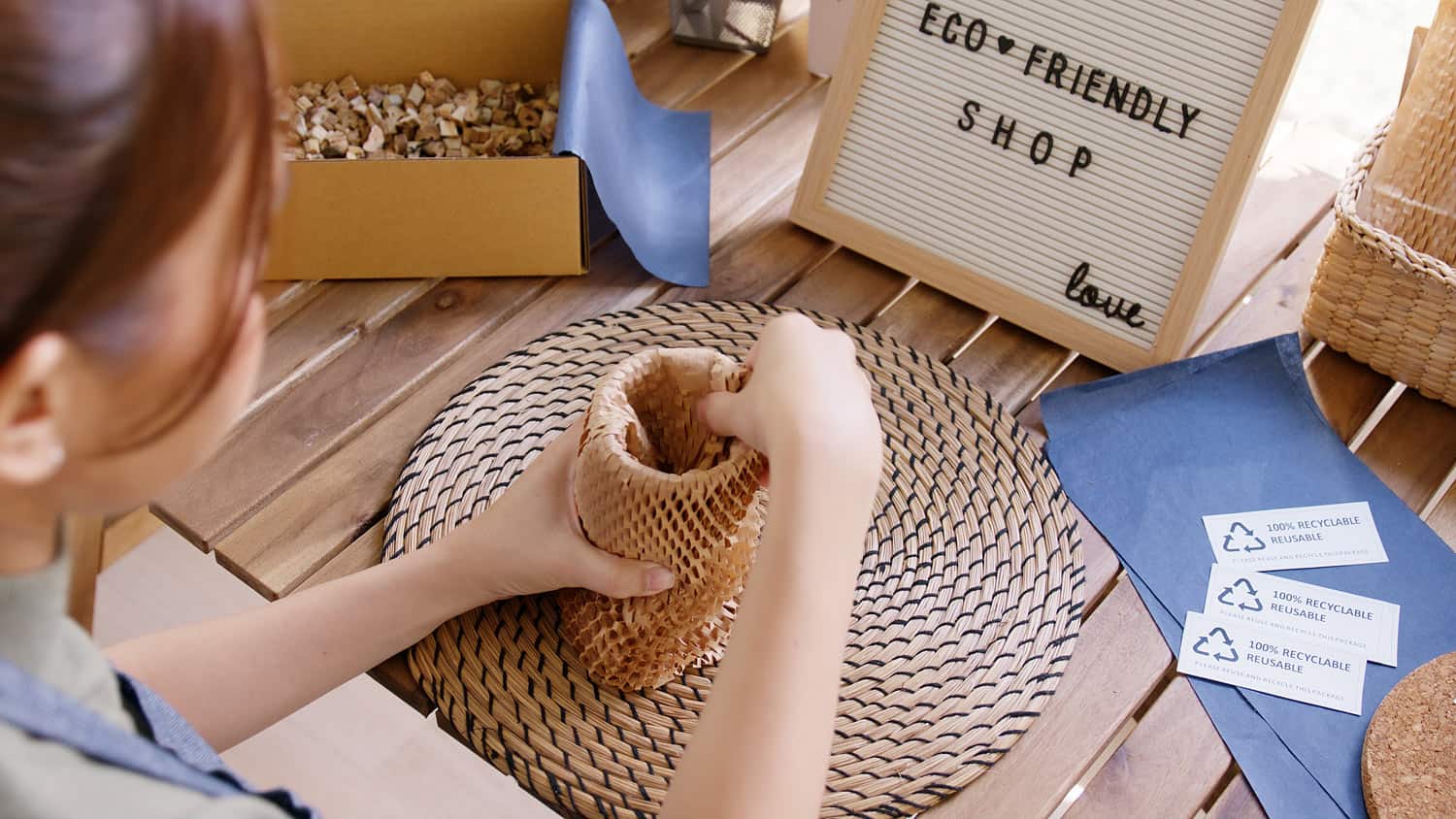The Ultimate Guide to Packing Materials for Moving: Types, Uses, and the Benefits of Honeycomb Packing Paper
Moving to a new home can be both exciting and overwhelming. One of the most important aspects of a successful move is choosing the right packing materials to ensure that your belongings are well-protected. In this guide, we will explore the various types of packing materials available, their specific uses, and why Packing Paper, especially Honeycomb Packing Paper, is an excellent choice for fragile items. By the end of this article, you’ll have all the knowledge you need to pack efficiently and securely.
Types of Packing Materials for Moving and Their Uses
Boxes of Various Sizes
Boxes are the foundation of any moving process. They come in different sizes, each suitable for specific types of belongings:
1. Small Boxes – Ideal for books, small kitchenware, and heavy items to prevent box breakage.
2. Medium Boxes – Perfect for packing clothes, small appliances, and miscellaneous items.
3. Large Boxes – Suitable for lightweight items such as pillows, blankets, and hanging clothes.
4. Reinforced Boxes – Designed for heavy or valuable items that require extra strength and durability.
Wardrobe Boxes
These boxes contain an internal hanging rod, allowing clothes to be transferred directly from the closet to the box without folding. This prevents wrinkles and keeps garments organized.
Bubble Wrap
An essential protective layer for fragile items such as glassware, sculptures, and ceramic objects. Bubble wrap absorbs shocks and prevents breakage.
Packing Paper
Packing Paper is a crucial packing material for protecting delicate items. It serves as an inner wrapping for glassware, kitchen utensils, picture frames, and other fragile objects. Its advantage lies in providing protection without adding excessive bulk, unlike bubble wrap.
Specialized Boxes for Fragile Items
For fragile items such as plates, glasses, and wine bottles, specialized boxes with internal dividers help prevent friction between objects and reduce the risk of damage.
Vacuum Bags
For packing clothes, bedding, and pillows, vacuum bags are an excellent space-saving solution. They remove air and reduce the volume of items by up to 75%.
Packing Tape and Labeling Stickers
Strong packing tape ensures that boxes remain securely sealed throughout the move. Labeling stickers help identify the contents of each box, making unpacking easier.
Dividers and Protective Foam
To provide additional protection for delicate items, dividers made of cardboard and protective foam can be placed inside boxes to prevent movement during transit.
Packing Large Appliances
When packing large appliances such as refrigerators, ovens, and washing machines, it is best to use their original boxes with protective materials. If unavailable, stretch wrap and securing straps can be used.

Essential Moving Tips
Essential Moving Tips
1. Start Early – Begin packing at least a month before the move to avoid last-minute stress.
2. Declutter – Sort through your belongings and donate or discard items you no longer need.
3. Pack by Room – Packing items from one room per box simplifies unpacking.
4. Use Durable Packing Materials – High-quality materials prevent damage.
5. Mark Boxes as Fragile – Clearly label boxes containing delicate items to ensure careful handling.
6. Keep an Inventory List – Tracking what is inside each box prevents confusion during unpacking.
7. Set Aside Essentials – Pack daily necessities like clothes, toiletries, and important documents separately.
Benefits of Using Honeycomb Packing Paper
When packing fragile items, Honeycomb Packing Paper is one of the most innovative and effective solutions. This eco-friendly paper is designed with a honeycomb structure, providing superior protection for wrapped items.
Why Choose Honeycomb Packing Paper?
1. Shock Absorption – The unique structure absorbs shocks and minimizes the risk of damage during transit.
2. Eco-Friendly – Made from biodegradable and recyclable materials, unlike plastic bubble wrap.
3. Flexible and Customizable – Can be stretched and shaped to fit any fragile item.
4. Easy to Use – Does not require additional adhesives, making packing more efficient.
5. Space-Saving – Thin yet durable, it does not take up excessive space in moving boxes.
6. Improved Unpacking Experience – Can be torn easily without the need for scissors.
Examples of Using Honeycomb Packing Paper
• Wrapping Glassware and Porcelain – Ensures that fragile dishes remain intact.
• Protecting TV Screens and Laptops – Prevents scratches and impact damage.
• Packing Artwork and Sculptures – Keeps valuable items safe and secure.
In conclusion, a successful move requires the proper use of various packing materials. Choosing Packing Paper for delicate items is a smart decision, and utilizing Honeycomb Packing Paper guarantees that fragile belongings reach their destination undamaged. Proper planning and the right packing techniques will save you time, money, and unnecessary stress.

